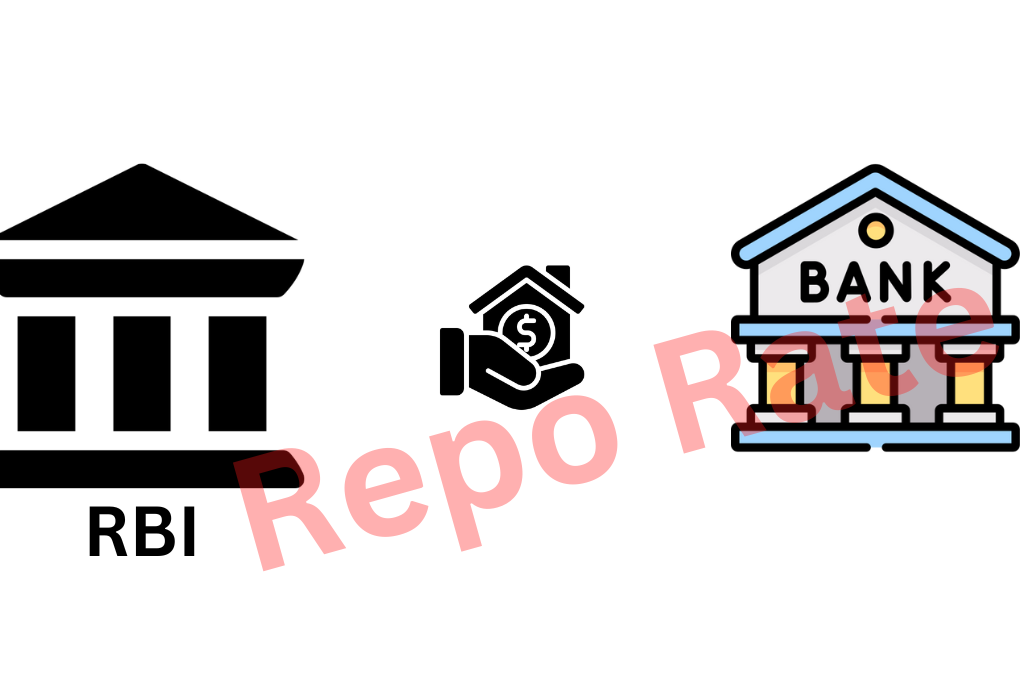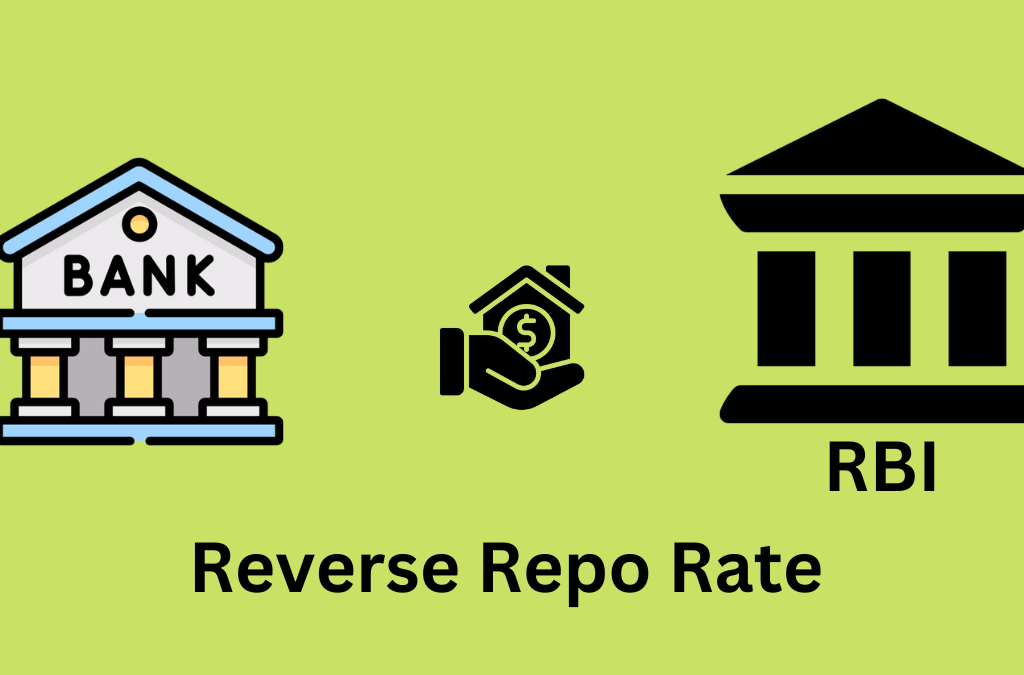Have you ever heard of Repo Rate and Reverse Repo Rate? These are two important terms that are used in the banking sector, and they can have an effect on your EMIs. Repo Rate, or the RBI Repo Rate, is the rate at which the Reserve Bank of India (RBI) lends to commercial banks against the pledge of government securities. On the other hand, Reverse Repo Rate is the rate at which commercial banks lend funds to the RBI. In this blog post, we will discuss in detail what Repo Rate and Reverse Repo Rate are and how they can affect your Loan EMIs.
What is RBI Repo Rate?
When it comes to repo rate, the Reserve Bank of India (RBI) is the one that decides what it should be. This is because RBI is the monetary authority of our country.
The repo rate is the interest rate at which commercial banks borrow money from RBI for a short period. Whenever there is a need for extra money, commercial banks approach RBI and borrow money through the repurchase agreement system. Under this system, commercial banks sell securities to RBI with an agreement to repurchase the same at a later date.

In other words, we can say that When the RBI repo rate increases, borrowing costs for banks also go up. This, in turn, makes it more expensive for customers to take loans from banks. The opposite happens when the repo rate is cut.
What is Reverse Repo Rate?
Now let us understand what Reverse Repo Rate is ? Just like Repo Rate is the rate at which commercial banks borrow money from RBI, reverse repo rate is the rate at which RBI borrows money from commercial banks.
The purpose of reverse repo rate is to absorb excess liquidity in the market so that commercial banks don’t lend money to each other at very low rates. Whenever there are more funds available in the market than what is actually required, commercial banks tend to lend these surplus funds to each other overnight at very low rates.

To control this situation and prevent inflation, RBI uses reverse repo rate as a weapon. By increasing reverse repo rate, RBI discourages commercial banks from lending money to each other overnight and thus controls inflation.
How Does Repo Rate Affect EMIs?
As you are aware, EMI or Equated Monthly Installment is the amount you pay every month to your bank or financial institution till the loan is repaid in full. It comprises of the principal amount as well the interest component. The interest rate on your EMIs is directly linked to repo rate set by RBI.
If RBI decreases the repo rate, it simply means that banks can borrow money from RBI at a lower rate. This eventually leads to lower interest rates on loans which further translates into lower EMIs for the borrower.
For instance, if your home loan rate is 10% and repo rate decreases by 0.25%, then your effective home loan EMI will come down to 9.75%. In this way, a decrease in RBI repo rates indirectly helps borrowers like you with lower EMIs.

On the other hand, an increase in repo rate will have an inverse effect on your EMIs i.e., they will become higher. For example, If RBI increases repo rate from 6% to 6.5%, then all other rates including home loan interest rates will also increase by 0.50%. Consequently, your monthly EMI on a Rs 30 lakhs home loan taken for 20 years at 10% p.a., will go up from Rs 26,571 to Rs 27,593; which is an increase of Rs 1,022 per month or Rs 12,264 per annum approximately.
What is bps in Repo Rate ?
BPS stands for basis points, which is a unit of measurement for changes in interest rates and other percentages. One basis point equals one hundredth of one percent (0.01%).
For example, if the repo rate changes from 4.00% to 4.50%, that would be a 50 basis points change.
Current RBI Repo Rate in 2022 in India
In December 2022, the Monetary Policy Committee (MPC) announced that the repo rate had been raised by 35 basis points to 6.25%. During its meeting, the MPC decided to maintain the reverse repo rate at 3.35%. The Bank Rate and the marginal standing facility (MSF) rate have both changed to 6.50%.
Thus it is clear that Current Repo Rate in December 2022 is 6.25%.
RBI increases Repo Rate for the 4th time in a row in 2022.
Increased by 35 basis points
The RBI raised the Repo Rate by 35 basis points to 6.25%
Increased by 50 basis points
50 basis points to 5.9%
Increased by 50 basis points
Increased by 50 basis points to 5.40%
Increased by 50 basis points
Increased by 50 basis points to 4.90%
Conclusion
To summarize, RBI repo rate is the rate at which commercial banks borrow money from the Reserve Bank of India (RBI), while reverse RBI repo rate is the rate at which RBI borrows money from commercial banks. A change in repo rate directly impacts EMIs, with a higher repo rate leading to higher EMIs and vice versa. Therefore, when making borrowing decisions, it is important to keep an eye on prevailing repo rates so as to ensure that you are not overburdened with high EMIs.
I hope this article has helped you understand what is RBI repo rate and reverse repo rate, and how it affects your EMIs. If you have any further questions, please feel free to ask in the comments section below and I will be happy to answer them.







Information is very.usefully before when i was taking loan I dont know about it … But when 1st time repo hiked… I was shocked because my PL Rate of interest increase… Every body should know about it…
Thanks for your comment.